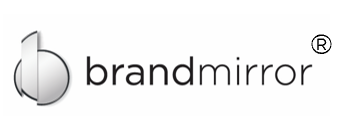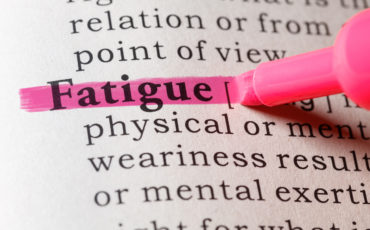When it comes to branding, there is such a thing as being “too much.” Brand fatigue refers to that tipping point when your public presence and message stop having a positive effect. It is the point when visibility, frequency, and emotional effect actually work against the brand instead of for it. The following tips will help you avoid brand fatigue in your personal brand.
Be Provocative, Not Polarizing
In moderation, controversial positions and perspectives can garner interest and increase visibility. But excessive frequency with negative emotional effect – too many social media grenades – rock the boat. By definition, controversy is disruptive, and people have limited tolerance for disruption. Many leaders in the public eye, such as politicians, espouse polarizing positions. While these may be acceptable and welcome to their base or donors, politicians run the risk with every controversy of alienating people who take that particular topic to heart, especially if they have related experiences and are emotionally vested in a certain belief.
If you want to take a strong stance on a subject, be selective – pick one or two battles, make your points, and include thoughtful support for your position. Provide other perspectives as well, it is not always about being right or winning, it can also just be about listening and understanding others viewpoints.
Don’t be Mean
Maintaining a level of professionalism and decorum online includes not being mean. There are any number of ways to treat others, but kindness is the best way to go for a number of reasons. First, kindness generates goodwill, and meanness eats away at it. You are more likely to lose the respect of people who matter by being mean than by being kind. Second, being mean puts you at odds with others, and places you in a constant state of battle, which has the same disruptive effect as a polarizing position. Third, there is nothing constructive or productive about being mean, so acting this way implies that you are not a positive force for building on your priorities whatever they may be. Finally, nobody really likes a bully.
For example, Elon Musk is a frequent tweeter, and he has thousands of followers, but when he inserted himself into the rescue of the Thai soccer team, he went too far. Specifically, he took the position that one of the rescuers had sickening motivations for engaging in the rescue – calling him a “pedo.” His brand suffered from this post, and he received a tidal wave of negative press and response.
Your Brand Muscle is not Infinite
Social media is a sponge for your brand; it has a finite capacity to absorb your presence before saturation takes place. A good example is the LinkedIn “poster” who seems to share every article, regardless of topic, without comment or explanation. After a certain point, readers will stop looking at these posts because they have their own stack of articles to read, and they don’t see the poster as a thought leader because of the excessive number of themes being promoted by the shares. Instead, good LinkedIn engagement means sticking to the subjects in which you want to be a thought leader and contain some commentary to guide the reader towards the importance of the article in that space. This adds value to the reader, where scattershot postings lead to reader fatigue and brand disinterest. Remember, telepathy is not a strategy. You need to write to show people how you think and your professional value.
Be Careful of Visual Brand Fatigue
Can you think of a favorite Hollywood actor who had a year where it seemed like they starred in every other movie? Even A-listers can be too present in the social landscape, leading to brand fatigue. Often, successful actors, by choice or by market forces, end up taking some time between films, particularly after a year where there has been one too many billboards featuring the star’s face. This sort of brand fatigue occurs with other people as well. It’s important to be consistent in promoting your brand, particularly since it builds trust and confidence. But be careful about going too far. Give your brand an occasional rest, and people will appreciate the break. The last thing you want is for people to think you are too busy to take on another client.
You develop your personal brand through a combination of visibility, frequency, and emotional effect. As a curator of your brand, you need to be careful with each of these elements. Brand fatigue can happen when you go too far with one of these elements. By being thoughtful and deliberate in your personal brand, you can maintain and prolong its positive effect.
Jen Dalton, CEO of BrandMirror, has over 15 years of experience in strategy, marketing, and coaching. In 2012, she made a gutsy move into the entrepreneurship space, launching her branding business and became a certified master personal branding strategist. She specializes in building your digital thought leadership on LinkedIn and other social media. You can find her bestselling book, The Intentional Entrepreneur, on Amazon, which highlights how business owners can leverage their personal brand to grow their business faster.

